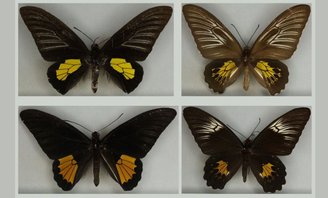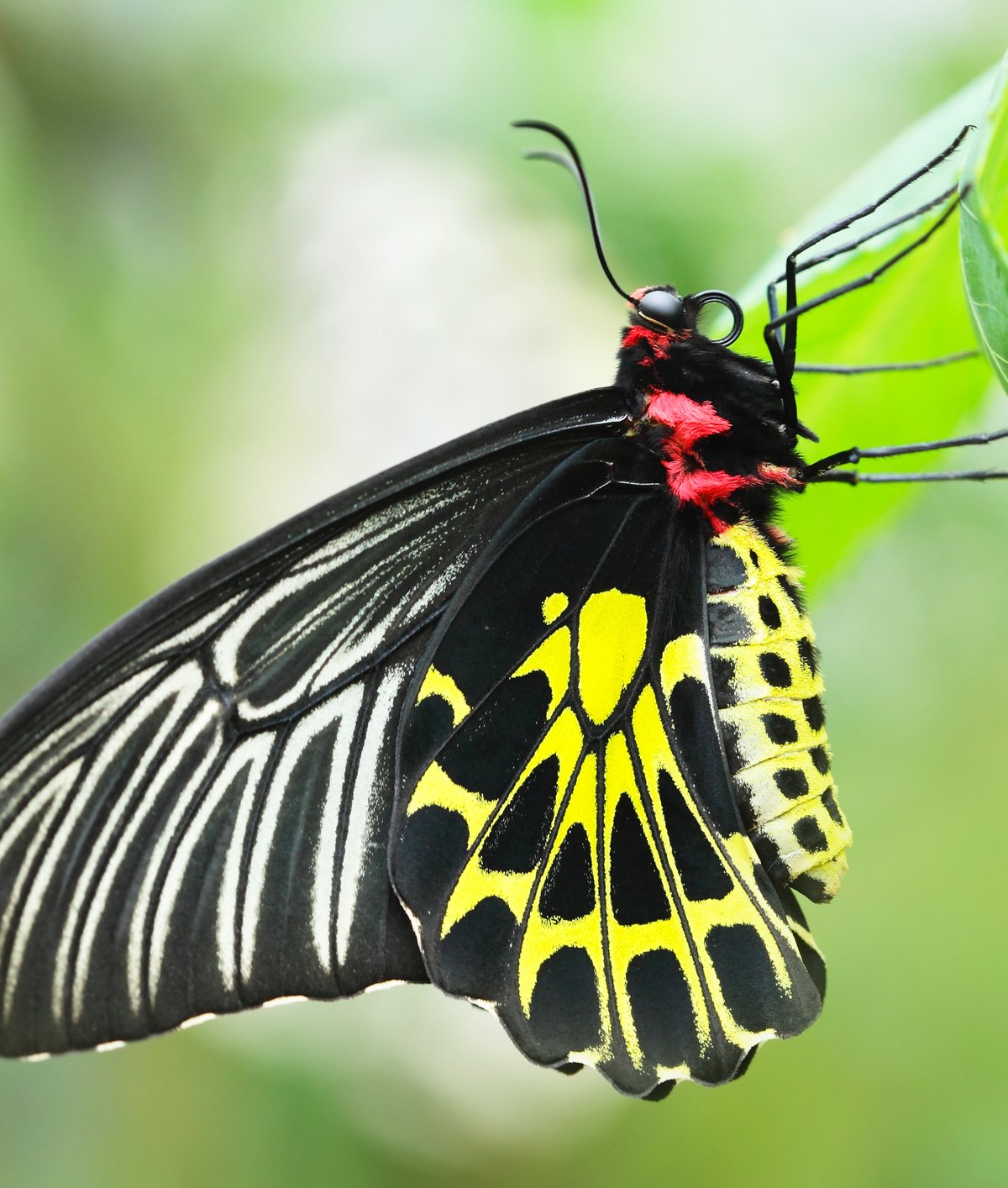The majority of the scientific community believes in Charles Darwin’s theory of evolution, but there are those who prefer to believe in the studies developed by British naturalist and biologist Alfred Russel Wallace on the subject.
In Darwin’s case, The theory states that sexual selection leads to color and pattern diversity in male butterflies. but it is not part of natural selection; Wallace, meanwhile, opposed this concept.
According to Alfred, natural selection played a role as important as sexual selection, but Darwin described sexual selection as being related only to mating success. A new study published in the scientific journal Communications Biology has found that a team of researchers Thanks to the use of artificial intelligence (AI), we have managed to better understand the conflicts in this regard..
Scientists used a machine learning model to analyze more than 16,000 images of the back and abdomen of birdwing butterflies. The aim was to understand the sexual and interspecific variation of these insects.
The species was chosen because of the different characteristics in males and females. Usually, the evolutionary differences are best observed with the naked eye in males. But artificial intelligence has allowed them to discover unprecedented evolution in female butterflies.
“This is an exciting time when machine learning is enabling new, large-scale tests of long-standing questions in evolutionary science. For the first time, we can measure the apparent extent of evolution to test how much variation exists across different biological groups and between males and females. Machine learning provides new insights into evolutionary processes that create and maintain biodiversity“This includes groups that have historically been neglected,” said Jennifer Cuthill, one of the authors and co-author of the study from the University of Essex (UK).
The conflict between Darwin and Wallace: men and women
Darwin believed that men had more evolutionary diversity and women had less because their choices depended on the appearance of their mates. According to Wallace, sexual selection was clearly the biggest difference. The AI results show that although males have more diverse forms, females have just as great an evolutionary diversity.

The AI model points out that evolutionary differences were observed in both sexes of butterflies. The males were more diverse in appearance, probably due to the characteristics described by Darwin. Although, females also showed evolutions too subtle to be observed with the naked eye.
Scientists claim that, despite the mention of the birdwing butterfly, the evolutionary differences are more pronounced in males of all species. Fortunately, current technology has been able to detect evolutionary changes in females; as a result, both sexual and natural selection appear to be of great importance. The result ‘opens the door’ for further studies of evolution in the field, mainly using machine learning techniques.
“However, within the group of birdwing butterflies, we find contrasting examples where female birdwing butterflies are more diverse in terms of visible phenotype than males and vice versa. The high apparent diversity among male butterflies supports the real importance of sexual selection. “As Darwin suggested, there is a divergence in male variation from female mate choice,” said Dr. Hoyal Cuthill, one of the authors of the study, in an official statement.
Liked the content? So, stay up to date with more science news on TecMundo. Or take the opportunity to understand how Darwin’s concept of male mammals may change after new evidence.
Source: Tec Mundo
I’m Blaine Morgan, an experienced journalist and writer with over 8 years of experience in the tech industry. My expertise lies in writing about technology news and trends, covering everything from cutting-edge gadgets to emerging software developments. I’ve written for several leading publications including Gadget Onus where I am an author.












